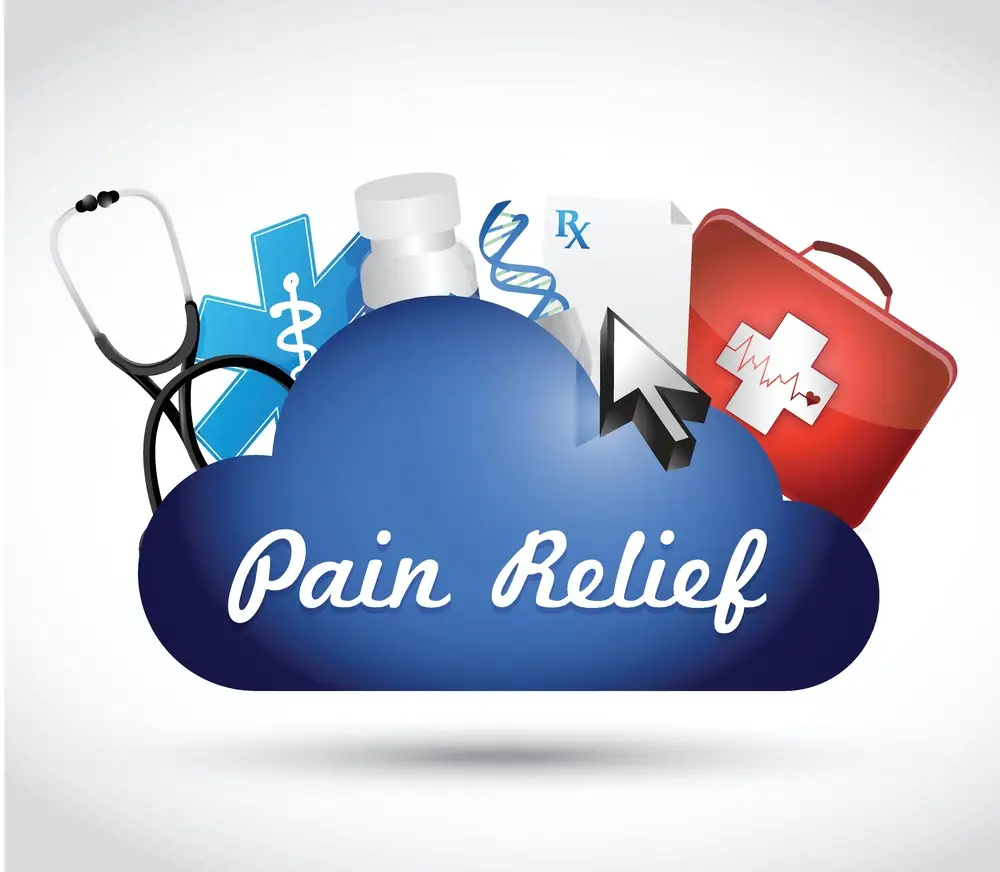Learn About The Advantages of Cannabis In Relieving Pain And The Top Ten Strains for Pain Management.
Pain relief has always been challenging for healthcare providers. Likewise, sufferers often face challenges in finding respite from enduring and incapacitating pain. With the rise of medical marijuana as a feasible therapeutic option, many individuals have discovered a natural, powerful substitute for conventional prescription pain relievers. The role played by medical marijuana in pain management, the best strains and methods of consumption, and the conditions it has the potential to help relieve.
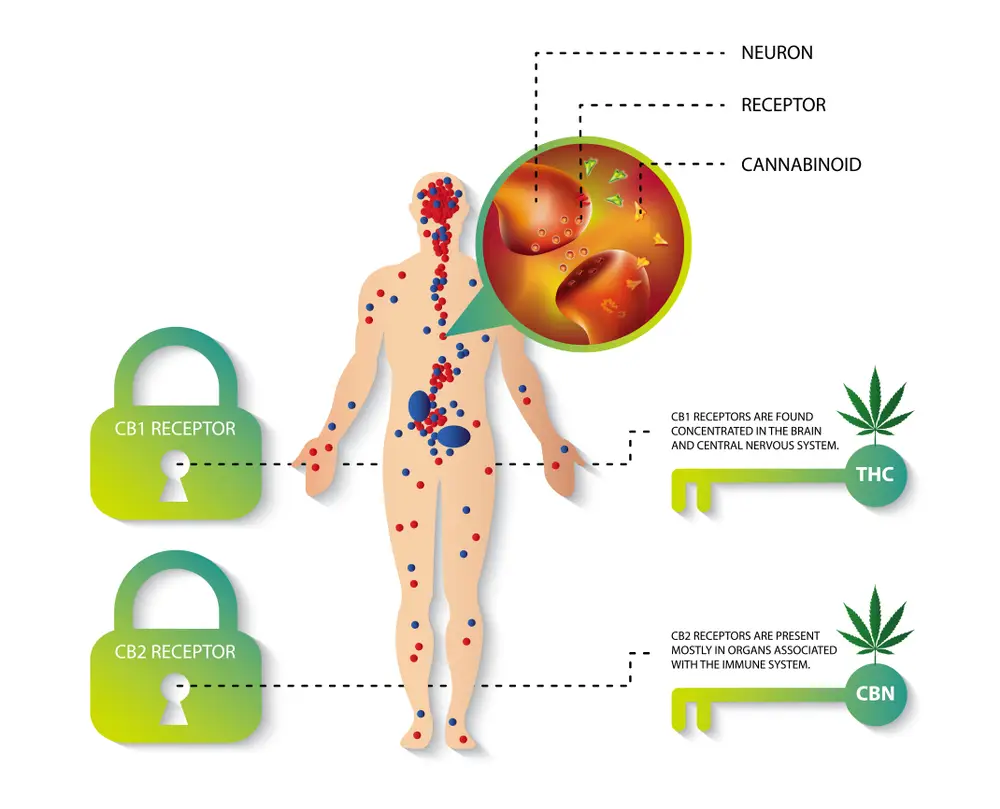
Learn About The Endocannabinoid System (ECS)
The endocannabinoid system (ECS) is a complex cellular signaling system in our body that plays a pivotal role in regulating numerous physiological processes, including:
- Mood
- Pain perception
- Appetite
- Immune function
- Learning and memory
- Emotional processing
- Sleep
- Temperature control
- Inflammatory and immune responses
- Eating
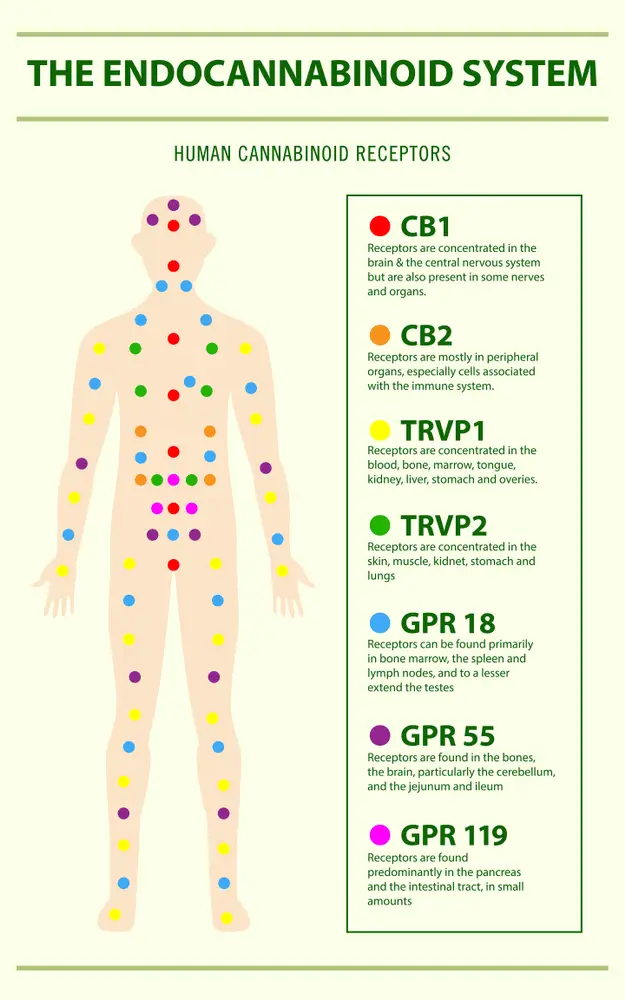
How the Endocannabinoid System Regulates Pain
The endocannabinoid system plays an essential role in regulating pain. This ECS gets formed by receptors that extend within the body, brain, and central nervous system (CNS).
When the body experiences pain, endocannabinoids are produced and bind to these receptors, helping reduce pain and inflammation. This is why cannabinoids found in cannabis, such as THC and CBD, can be effective in managing pain because they interact with the ECS.
The active substances (cannabinoids) in cannabis interact with the ECS to modulate pain signals and provide relief.
Tetrahydrocannabinol (THC) and cannabidiol (CBD), the two main cannabinoids in marijuana, have different effects on the ECS and can be used to treat various pain related symptoms.
Using cannabinoids for pain management should only be done with the guidance of a qualified medical professional so that you understand the potential side effects and interactions with other medications.
The ECS consists of three (3) main components:
- Endocannabinoids: These are naturally occurring molecules in our body that have a similar structure to the compounds found in cannabis.
- Receptors: Protein structures on cell surfaces that bind to endocannabinoids and transmit signals within the cell.
- Enzymes: Proteins that aid in the synthesis and breakdown of endocannabinoids.
Medical Marijuana Has the Potential to Alleviate Chronic Pain Disorders
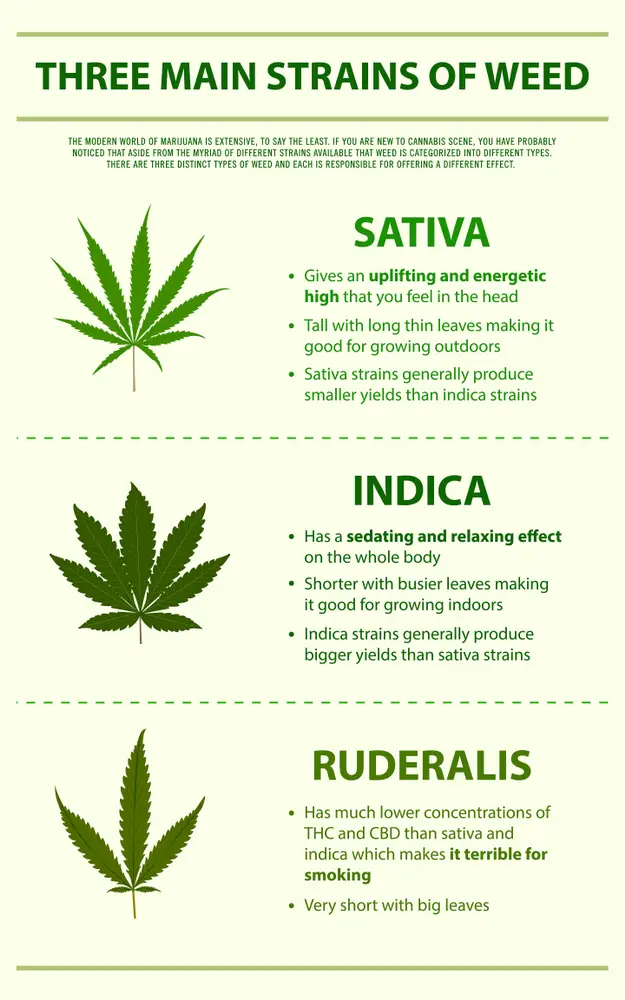
Top 10 Marijuana Strains for Pain Relief
- ACDC: A CBD-rich sativa dominant strain with potent anti-inflammatory and pain-relieving properties.
- Blackberry Kush: An indica strain with sedative effects that are also considered great for pain relief and relaxation.
- Blue Dream: A balanced hybrid strain that provides gentle, long-lasting pain relief without heavy sedation. It is also used to relieve symptoms of insomnia, anxiety, depression, muscle spasms, and stress.
- Cannatonic: Another high-CBD strain that offers significant pain relief without the psychoactive effects of THC. Medical patients also use it to treat muscle spasms, anxiety, and migraines.
- Critical Mass: An indica-dominant hybrid high in THC that provides substantial pain relief and relaxation for chronic pain sufferers. This strain makes people feel relaxed and sleepy, which reduces stress and helps with insomnia.
- Girl Scout Cookies: A potent hybrid strain with high THC levels that relieves physical and mental pain. It helps relieve symptoms of depression, stress, migraines, headaches, and nausea and increases appetite.
- Harlequin: A high-CBD sativa strain that offers balanced pain relief and relaxation without sedation. It is also known to offer stress relief.
- Northern Lights: A classic Indica strain known for its powerful pain-relieving and sleep-inducing effects. This strain delivers an excellent “body high” that relieves anxiety, stress, and insomnia as well.
- White Widow: A balanced hybrid strain that provides full-body chronic pain relief and a mood boost. Many people choose this strain to help manage stress and depression. It can also be used to increase appetite and help with insomnia.
- Redwood Kush: A heavy Indica strain with strong pain-relieving properties, ideal for nighttime use.
Methods of Consumption for Medical Marijuana and Pain Management
- Smoking: The most traditional method offers a rapid onset of effects but potentially irritates the lungs.
- Vaporizing: A more lung-friendly alternative to smoking, providing quick relief without combustion.
- Dabbing: Marijuana concentrates such as shatter, or wax can be “dabbed” by heating a stainless steel or quartz “nail.” It requires specialized equipment called a “rig” and can be potentially dangerous if not done correctly. This method of consumption can produce a more intense and immediate high compared to smoking dried flower.
- Edibles: Long-lasting pain relief but with a delayed onset, making it ideal for all-day or overnight comfort.
- Tinctures: Sublingual drops that provide fast-acting relief and precise dosing.
- Topicals: Creams, balms, and salves that can be applied directly to the skin for localized pain relief.
- Transdermal patches: Slow-release, long-lasting pain relief delivered through the skin.
30 Types of Chronic Pain
- Arthritis
- Autonomic neuropathy
- Back pain
- Cancer
- Carpal tunnel syndrome
- Chronic fatigue syndrome (CFS)
- Chronic pancreatitis
- Complex regional pain syndrome
- Cranial neuropathy
- Crohn’s disease
- Degenerative disc disease
- Endometriosis
- Fibromyalgia
- Focal neuropathy
- Herniated disc
- Inflammatory bowel disease (IBD)
- Interstitial cystitis
- Irritable bowel syndrome (IBS)
- Joint injuries
- Lupus
- Migraines and headaches
- Multiple sclerosis (MS)
- Neck pain
- Nerve damage
- Osteoporosis
- Peripheral neuropathy
- Rheumatoid arthritis
- Sciatica
- Scoliosis
- Temporomandibular joint (TMJ) disorders
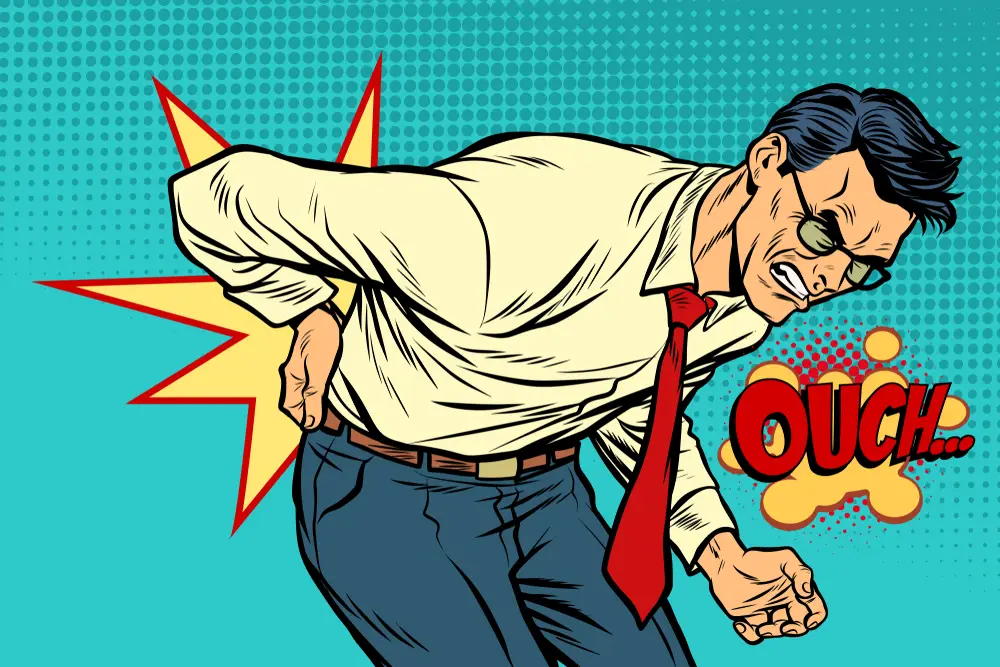
FAQs
A: First, consult with a medical provider knowledgeable about medical marijuana. If they determine that you qualify, they will recommend you. Then, you'll need to apply for a medical marijuana card from your state's Department of Health or a similar agency.
A: Medical marijuana laws vary by state; some states have more restrictive programs than others. Check your state's specific rules and regulations to determine if medical marijuana is available for pain management in your area.
A: It's essential to consult with a knowledgeable medical provider or reputable dispensary staff member to help you select the correct strain and consumption method for your specific pain condition and personal preferences.
A: In some cases, medical marijuana can be used with other pain medications. However, consulting with your medical provider before combining treatments is crucial, as there may be potential drug interactions or side effects.



